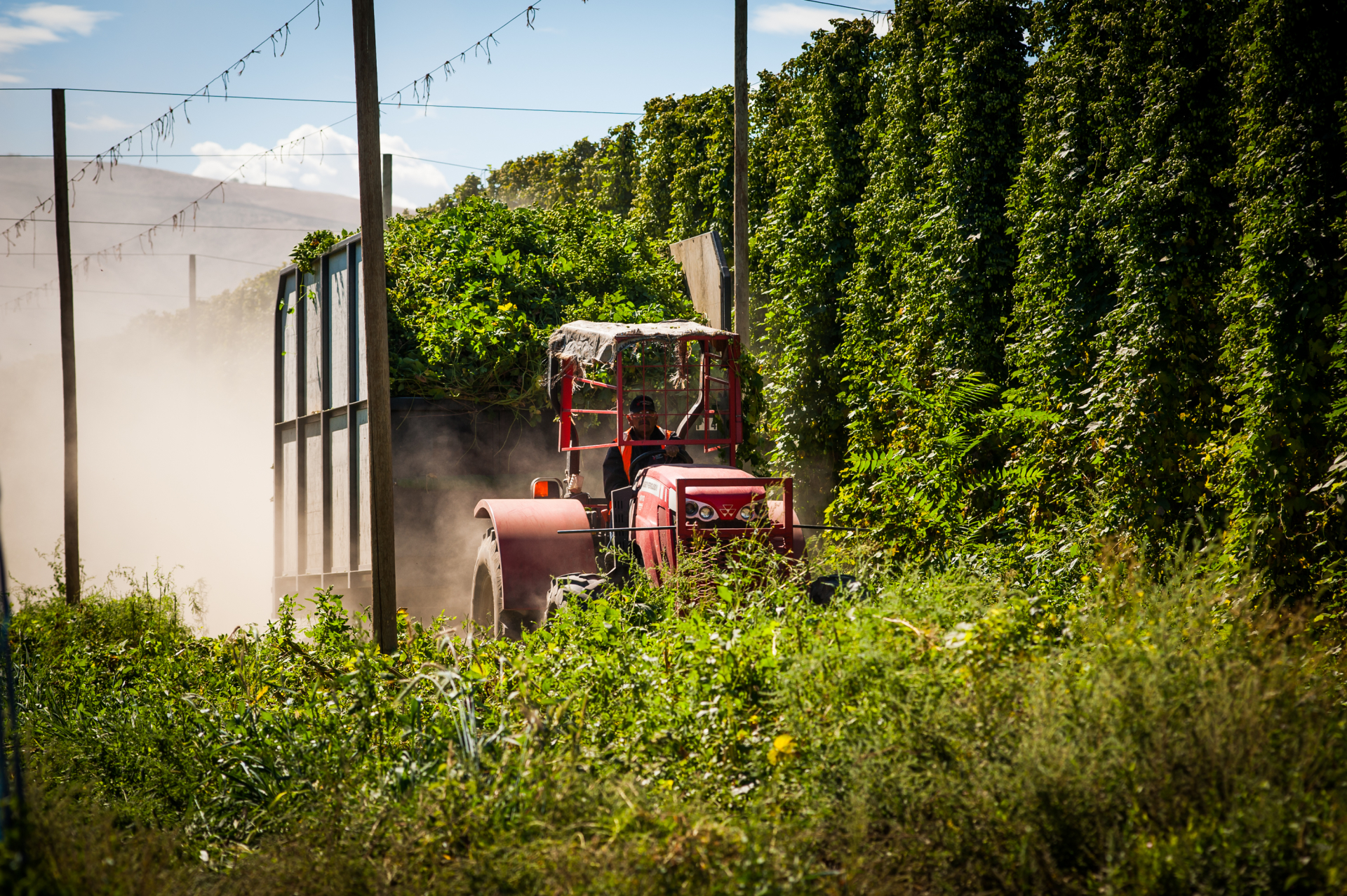Identifying Harvest Windows

In a previous post, we discussed looking two very aromatically different lots and finding they were identical based on their terpene chromatograms. When we looked at the polyfunctional thiols, we found that the thiol fingerprint of each of those lots was distinctly different. It was this discovery that triggered the question, “Could we use polyfunctional thiols as a way to monitor crop maturity?”
Before we travel down that road, let’s break down what a polyfunctional thiol is. A polyfunctional thiol is a molecule that has at least one sulfur atom and more than one functional group present in its structure. For reference, a functional group is a specific arrangement of atoms in a molecule that has its own characteristic properties.
Back to the question at hand. Can you monitor a plant’s maturation with thiols? Turns out, the answer is yes. It took a good amount of time and multiple crop years of data collection to have a firm answer, but still, the answer was yes. We’ll talk more on this later, or you can check it out here (Conn, S.J., Wallen, T.W., Gamache, D.A. HRC Winter Meeting Presentation, 2020)1

Monitoring for harvest readiness actually starts well in advance of harvest itself. It starts two or three weeks before harvest by developing an initial set of maturity baselines for monitored fields. From there, production fields are monitored and sampled on a frequent basis with Hoptechnic®’s GC-SCD (gas chromatography-sulfur chemiluminescence) system and methodology.
By analyzing the relative levels of thiols in conjunction with traditional sensory by a trained panel, an ideal harvest window can be identified and communicated to the farm. Harvest windows can also be defined for certain varieties based on characteristic levels of organic compounds. It doesn’t take much to make a detectible change in aroma.
Sensory thresholds for thiols are extremely low. Typical thresholds to detect common thiols in hops (and wine) can be as low as 0.8ng/L. Most thiols are in the ng/L (ppt) concentration range and while those concentrations seem very low, we can see and smell small changes in concentrations and ratios.

A good amount of the polyfunctional thiols in hops have been identified, or at least have estimates that they could be present in hops. After establishing we could monitor crop maturity with thiols, we started taking a deeper look at which polyfunctional thiols we were tracking most commonly. And while we’re still identifying some of the compounds, we have a short list of a few thiols we track both for maturity. and in some of our biotransformation studies.
References:
1. Conn, S.J., Wallen, T.W., Gamache, D.A. HRC Winter Meeting, January 2020.
2. Marsili, R. Marsili Consulting Group, Determination of Flavor Compounds for Virgil Gamache Farms, 2010.
3. Prieto, A. et. al. Journal of Chromatography A, 2010, 16, 2642-2666.
4. Kishimoto, T. PhD Dissertation, Kyoto University, 2008.
5. Roland, A., Schneider, R., Razungles, A., Cavelier, F. Chemical Reviews, 2011 (111), 7355-7376.